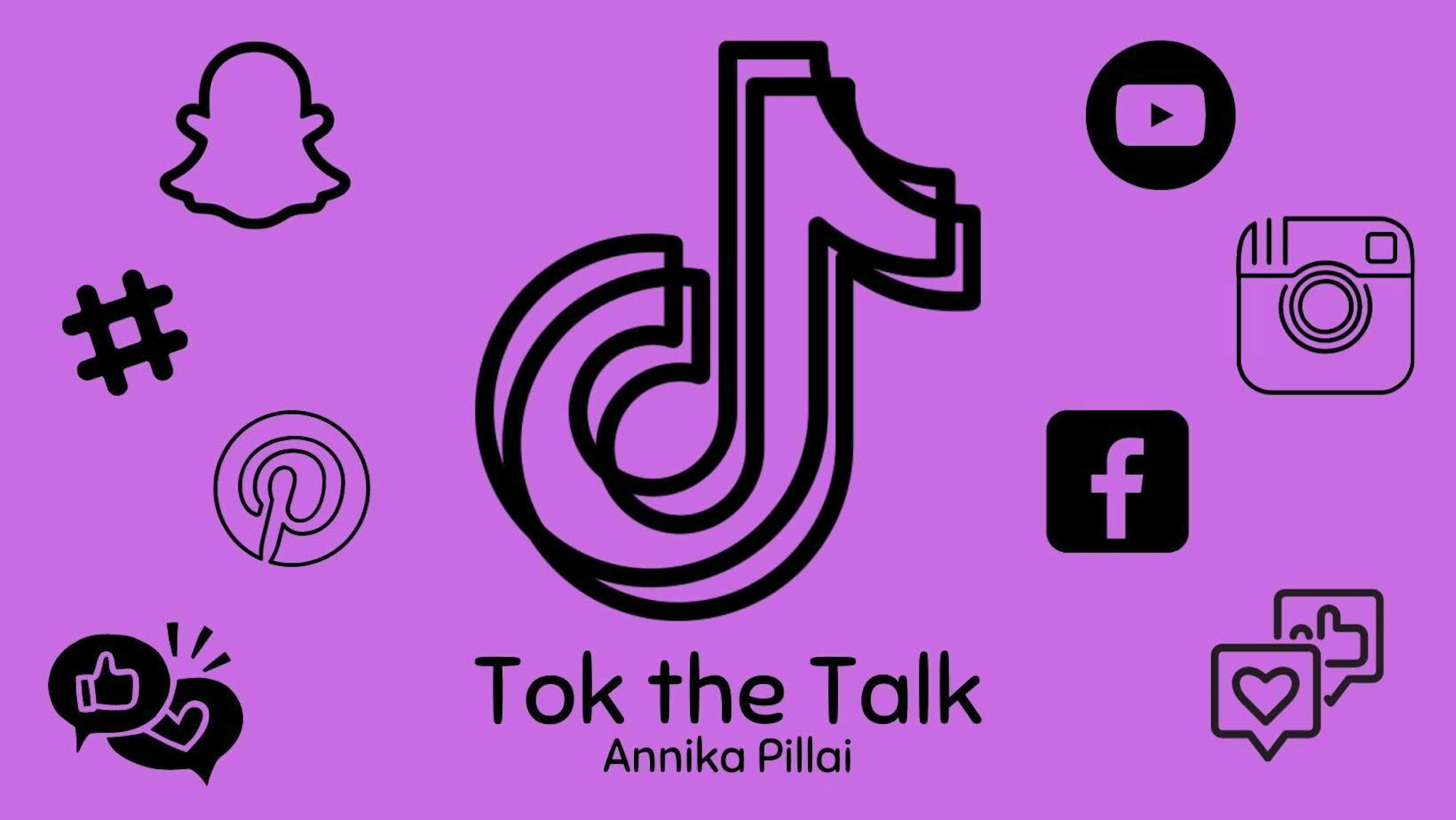“Is that Shein?” I found myself asking that on a Sunday afternoon, holding an overpriced coffee in one hand and two shopping bags from the two previous thrift stores my friends and I had just hit up in the other. We had spontaneously decided to stop at a nearby Goodwill to try our luck one last time. I was right: Behind a vintage, very heavily worn camisole lay a Shein bolero (a fancy name for a cropped jacket).
Social media platforms have recently been inundated with influencers promoting the latest fast fashion fixes –– most recently, boleros. Ranging from Skims dupes to cheap Halloween costumes, according to the fashion TikTokers, Shein is the next best thing. In what feels like every month, a new, easily forgettable trend pops up, and subsequently, a series of influencers argue that I need to buy something new. Last year, it was parachute pants. This year it is boleros. Next year, it will probably be printed tights.
Perhaps one of the most interesting consequences of this phenomenon is the lack of ingenuity regarding personal style. Rather than developing an aesthetic of clothing that we truly want to wear, it seems as though consumers are easily falling into the trap of rapidly keeping up with what is trendy. We are all carbon copies, not of each other, but of an ideal capitalistic robot. Is that influencer actually stylish? Or are they just trendy?
In the ponderous progression of humankind, the lack of individuality is most disappointing. However, the real question is this: what do these microtrends say about consumerism? Environmentalists have been preaching to the stars about overconsumption — not just clothing, but goods in general. Boleros are being sold for less than $15 on Shein, only to likely be thrown away into consignment stores a few trends later. What is the purpose of buying a clothing item if it will only be used for two months? Is there a point where an Amazon dupe is no longer a dupe, but just a cheap alternative, easily justifiable in purchasing because consciously you already know you will only need to wear it twice before it is considered outdated?
Of course, it would be easy for me to say, “stop falling into the traps of microtrends” without considering why they even work. TikTok capitalizes on the innate desire for instant gratification. The curated lifestyles and endorsements of products from influencers cultivate a cult-like sense of adoration amongst their followers. The incessant fear of being deemed outdated or worse, a millennial, has driven individuals to adopt trends swiftly and without thought, fostering a relentless cycle of chasing the next big thing — only further perpetuated by the ever-evolving landscape of influencer culture. Once, social media stuck to the internet. Now, it has morphed into real life.
A fleeting sense of disappointment washed over me as I put the glorified shrug back on the rack, moving onto the next aisle. “Don’t worry,” my friend said wryly, scanning the various racks a few feet in front of me. “This is only the beginning.”






